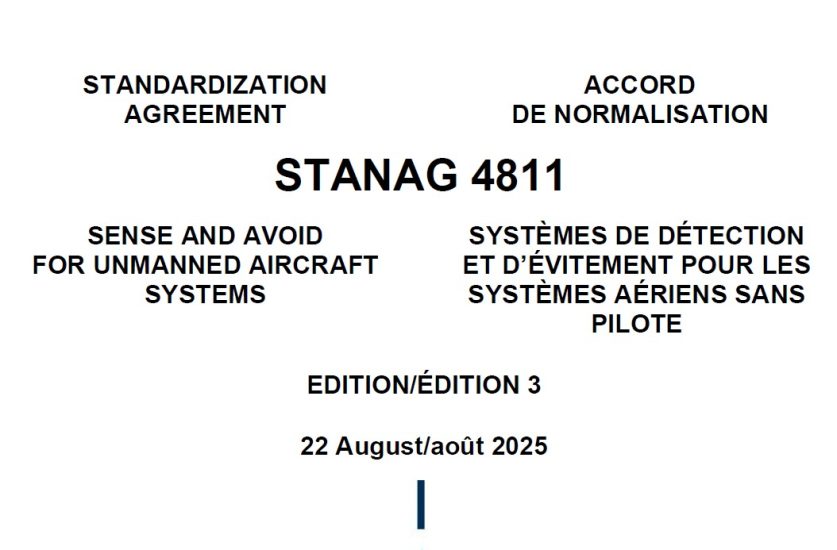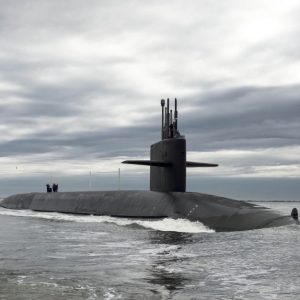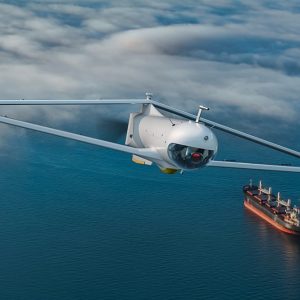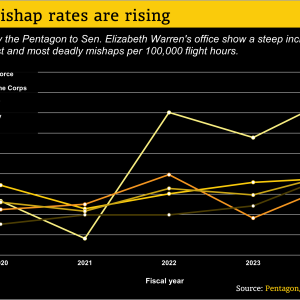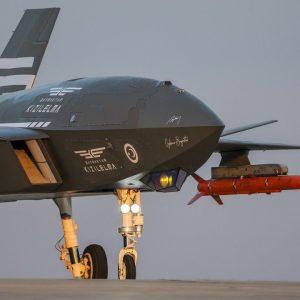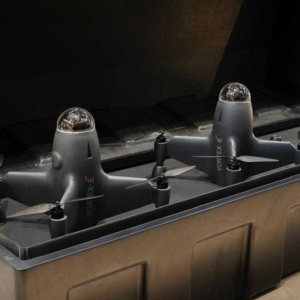NATO has issued new versions of AEP‑107 (Edition B) and AEP‑107.1 (Edition A), updating minimum functional and performance requirements for sense‑and‑avoid (SAA) systems that enable Unmanned Aircraft Systems (UAS) to fly in unsegregated airspace. This is not a paperwork tweak. The NATO AEP‑107 sense‑and‑avoid framework now underpins Alliance‑wide interoperability through STANAG 4811 (Edition 3), tightening safety expectations and making certification pathways more predictable for both military and dual‑use platforms.
Key Facts
What changed: NATO promulgated AEP‑107 Edition B with a companion AEP‑107.1 Edition A, and aligned them under STANAG 4811 Edition 3 to formalise Alliance‑wide SAA expectations for UAS in mixed civil‑military airspace.
Purpose: The publications define minimum functional and performance requirements for SAA—detection, tracking, decision logic, collision‑avoidance manoeuvres, and fail‑safe behaviours—so that UAS can meet an agreed “well‑clear” safety objective across borders.
Tailorable compliance: The standard explicitly supports tailorable acceptable means of compliance by platform class, airspace complexity, and mission risk, making NATO AEP‑107 sense‑and‑avoid achievable for small and medium UAS without over‑engineering.
Why it matters now: UAS operations in shared airspace are scaling fast. A common SAA baseline reduces mid‑air risk, cuts certification duplication, and enables procurement contracts to call out clear, testable requirements.
Context and the new development
Over the last decade, UAS adoption has outpaced the rules that let them share the sky with crewed aviation. Nations stitched together temporary exemptions, bespoke trials, and one‑off safety cases. That patchwork limited cross‑border operations and slowed fielding. The NATO AEP‑107 sense‑and‑avoid update addresses this by moving from “recommended practice” to an implemented and ratified standard across the Alliance. In practical terms, it gives defence ministries, airworthiness authorities, and industry a common language for performance, verification, and operational approval.
AEP‑107 (Ed. B) remains performance‑based: it defines what SAA must achieve rather than prescribing a single implementation. AEP‑107.1 (Ed. A) acts as a companion, detailing test/verification and acceptable compliance patterns. Together with STANAG 4811 (Ed. 3), they codify interoperability expectations and describe how equipment, procedures, and human roles must fit together for safe mixed‑traffic operations.
Technical and operational implications
1) Safety assurance in mixed airspace. Program teams should expect tighter evidence packages: sensor detection envelopes across weather/lighting regimes; tracking and identification latencies; “well‑clear” maintenance logic and collision‑avoidance algorithms; and graceful degradation under sensor dropouts or GNSS denial. Acceptance will hinge on reproducible test methods and data logging that prove behaviour across edge cases.
2) Interoperability & certification. Standardised requirements ease cross‑border approvals for NATO users. Design artefacts mapped to NATO AEP‑107 sense‑and‑avoid reduce the burden when seeking national military flight releases, and lower friction when interfacing with civil authorities. Expect procurement documents and flight authorisations to reference specific AEP‑107 clauses, verification methods, and residual‑risk statements.
3) Impact on small & medium UAS. Tailorability matters. A multirotor inspecting a power line and a Group 4 MALE platform flying IFR need different SAA performance. The new framework allows scaled thresholds, but still demands predictable failure modes and bounded autonomy. For SWaP‑constrained platforms, the likely response is smarter sensor fusion (radar + EO/IR + ADS‑B/remote ID), edge compute upgrades, and robust health‑monitoring to detect drift before it becomes hazard.
4) Interfaces with civil frameworks. The update lands as regulators move to scale BVLOS operations. FAA’s 2025 BVLOS proposal and Europe’s evolving EUSCG Rolling Development Plan point to convergence on performance‑based detect‑and‑avoid. Aligning military SAA demonstrations with civil DO‑365/366‑style logic and data formats will speed approvals, especially for state aircraft transiting civil routes or supporting disaster relief.
5) Human factors and CONOPS. “Sense‑and‑avoid” is more than a box on the nose. Mission planning, crew training, HMI alerts, pilot‑in‑command (PIC) authority, and hand‑back procedures in degraded modes are now part of the approval conversation. STANAG 4811’s emphasis on compatibility, interchangeability, and commonality means procedures and roles must be as standardised as hardware.
Procurement and industrial base
Alliance buyers now have a clearer shorthand: “AEP‑107 Ed. B / AEP‑107.1 Ed. A compliant SAA for unsegregated airspace”. Expect RFPs to specify this baseline for any UAS intended to mix with civil traffic, from border‑patrol MALE to maritime ISR and logistics drones. Vendors with modular SAA payloads and software‑defined sensor fusion will gain an edge: a single line‑replaceable unit that can be tuned to different airspace tiers and operational risks is easier to certify and sustain.
For incumbents, the retrofit market opens. Fielded platforms that today fly only in segregated blocks can be upgraded with AEP‑107‑aligned SAA, then validated via the companion test framework. Compliance labs and flight‑test centres will see demand for scenario‑based evaluation, including NAVWAR environments, dense transponder traffic, and mixed cooperative/non‑cooperative encounters.
Risks and trade‑offs. Stricter performance can mean extra cost, weight, and power draw—especially painful for small UAS. Some national regulators may take time to harmonise their approvals with the NATO baseline, creating double‑certification risk in the near term. Mitigation strategies include phased compliance (start with the most safety‑salient requirements), design‑for‑retrofit, and early engagement with authorities to agree on tailored means of compliance.
What happens next
From Q4 2025 through 2026, expect procurement notices and flight‑release frameworks across NATO members to cite AEP‑107 (Ed. B) and AEP‑107.1 (Ed. A) alongside STANAG 4811 (Ed. 3). Industry roadmaps should lock in: (i) sensor suite upgrades; (ii) real‑time data‑path audits to bound latency; (iii) robust fallback behaviours and pilot hand‑back; and (iv) test‑data pipelines aligned with acceptance cases. Certification authorities will likely publish guidance clarifying how national airworthiness artefacts map to the NATO set. In parallel, watch for convergence with civil BVLOS rules so mixed operations can become routine.
Bottom line: The NATO AEP‑107 sense‑and‑avoid update turns a diffuse patchwork into a common, testable baseline. The prize is routine, safe UAS access to civil skies—without each programme reinventing the safety case.
References
Defence Agenda – UAS regulatory harmonisation in Europe
Defence Agenda – NATO Standards Updates Hub
NATO Standardization Office – STANAG 4811 / AEP‑107
Unmanned Airspace – NATO publishes new sense‑and‑avoid standard for UAS in unsegregated airspace
UAS Vision – NATO Sense‑and‑Avoid promulgation (downloads)
U.S. DOT/FAA – BVLOS performance‑based NPRM (Federal Register)

